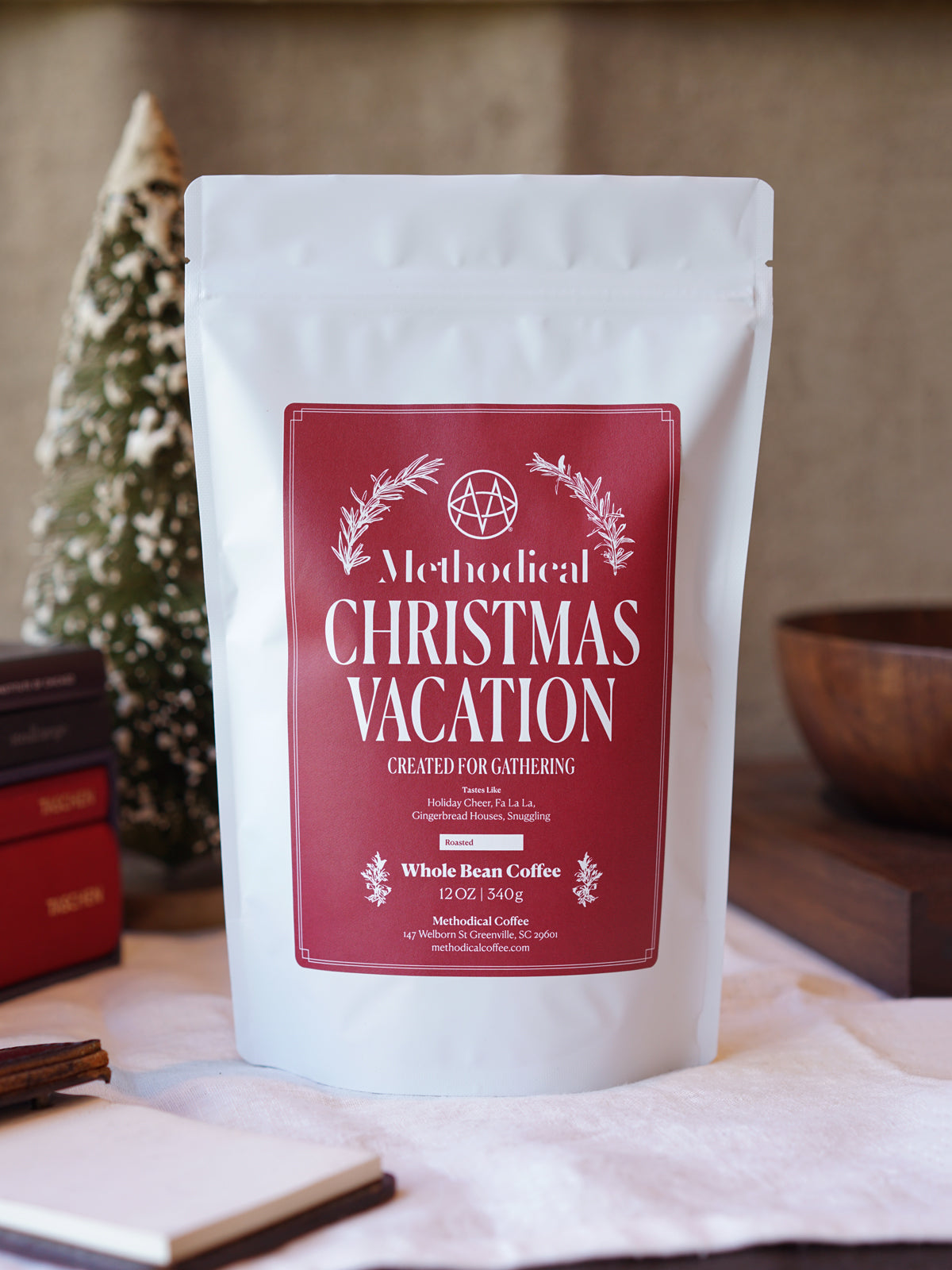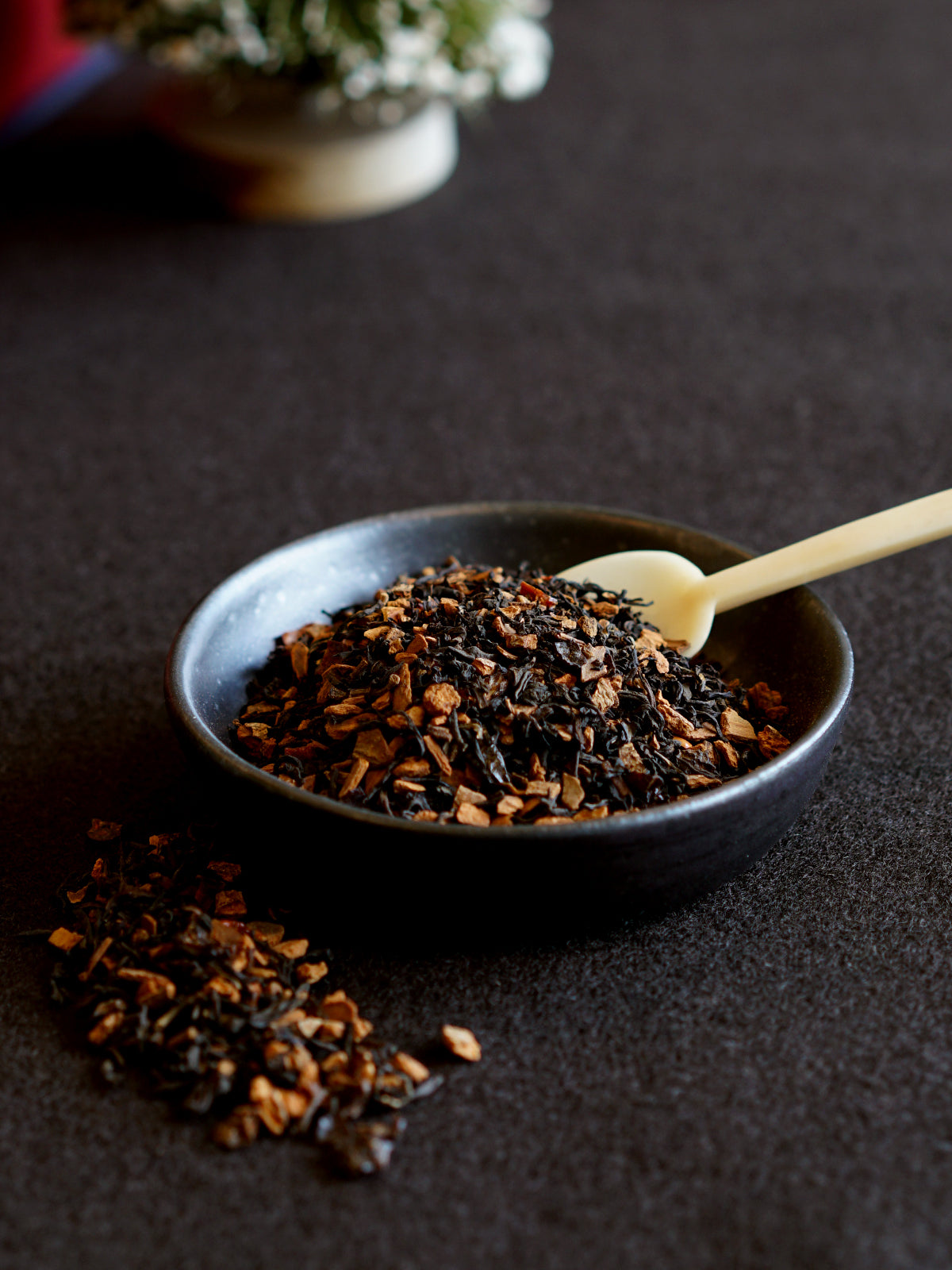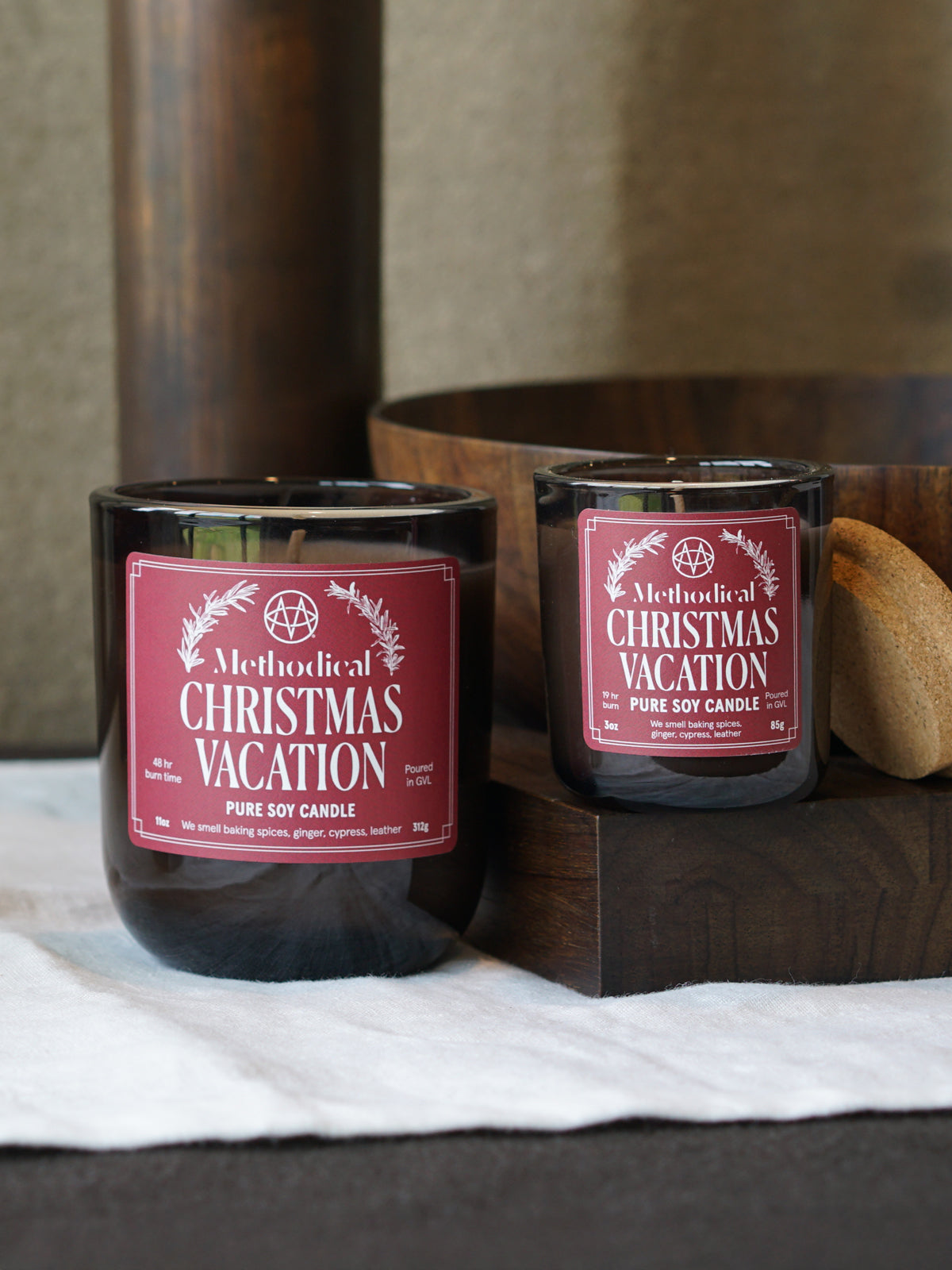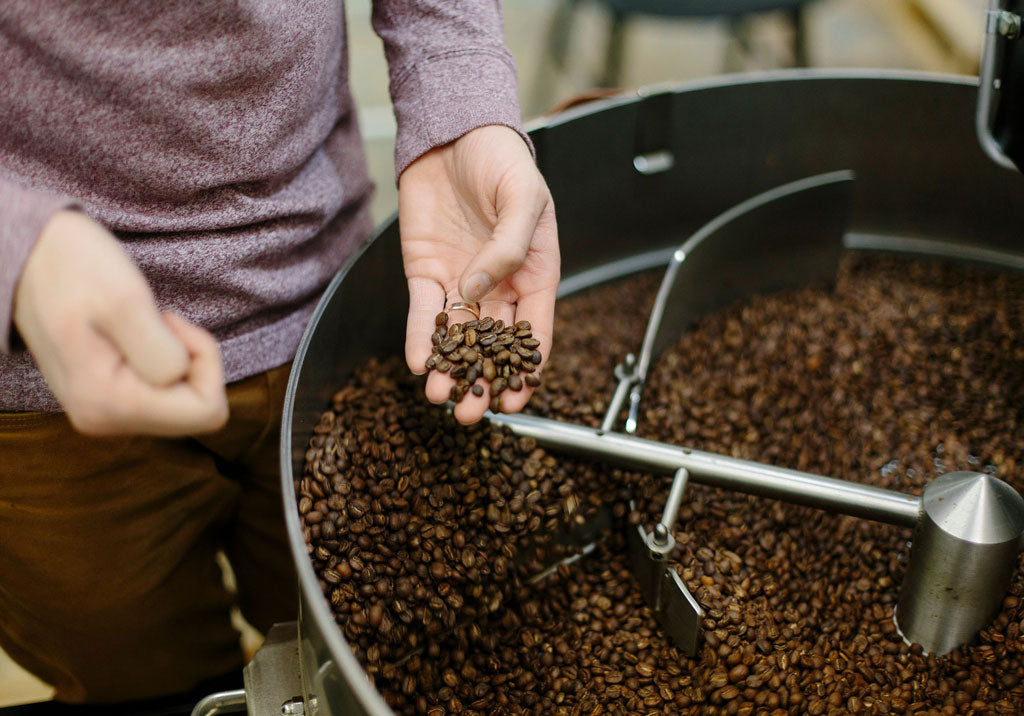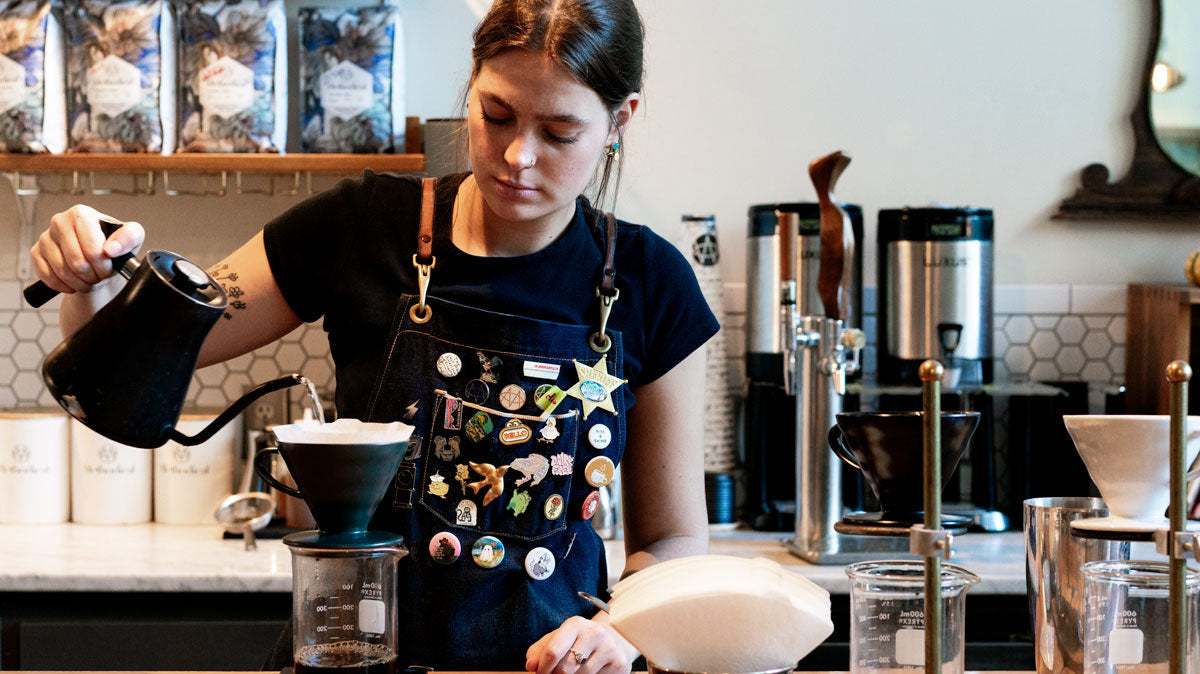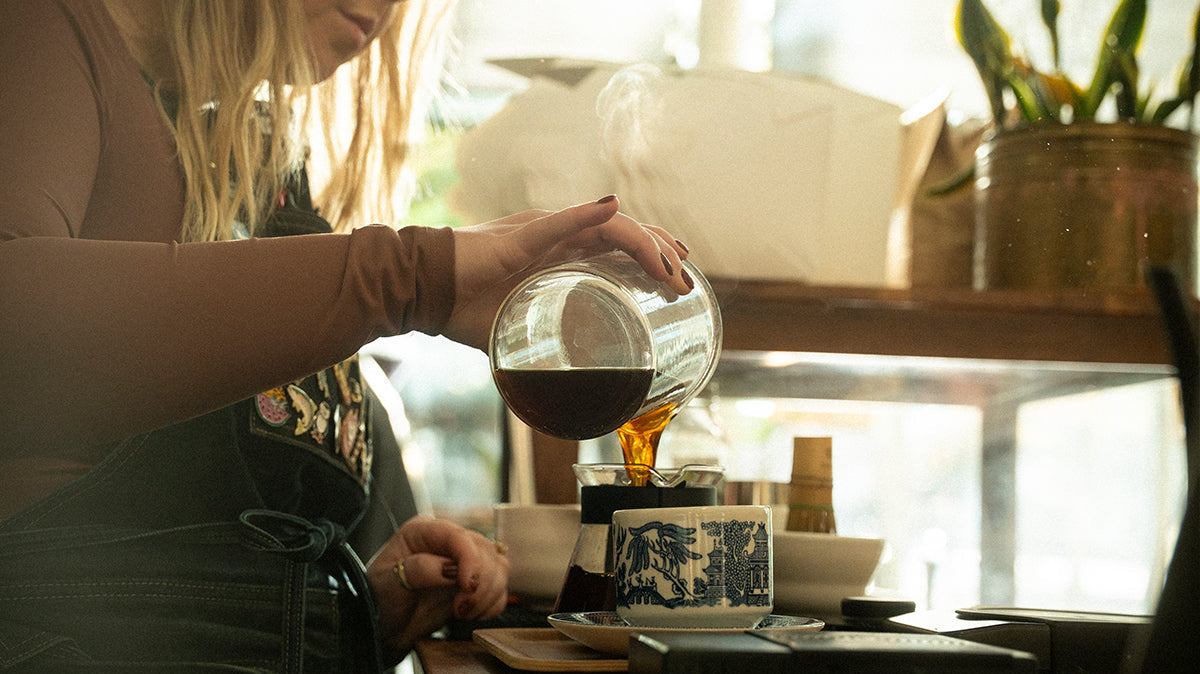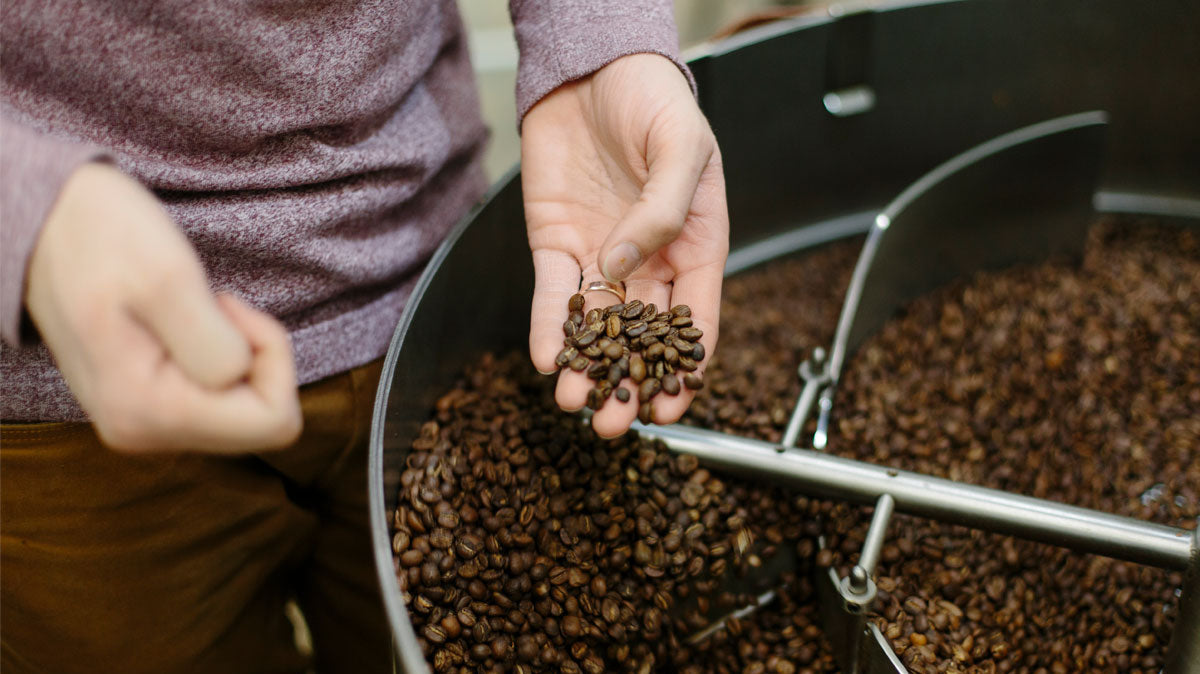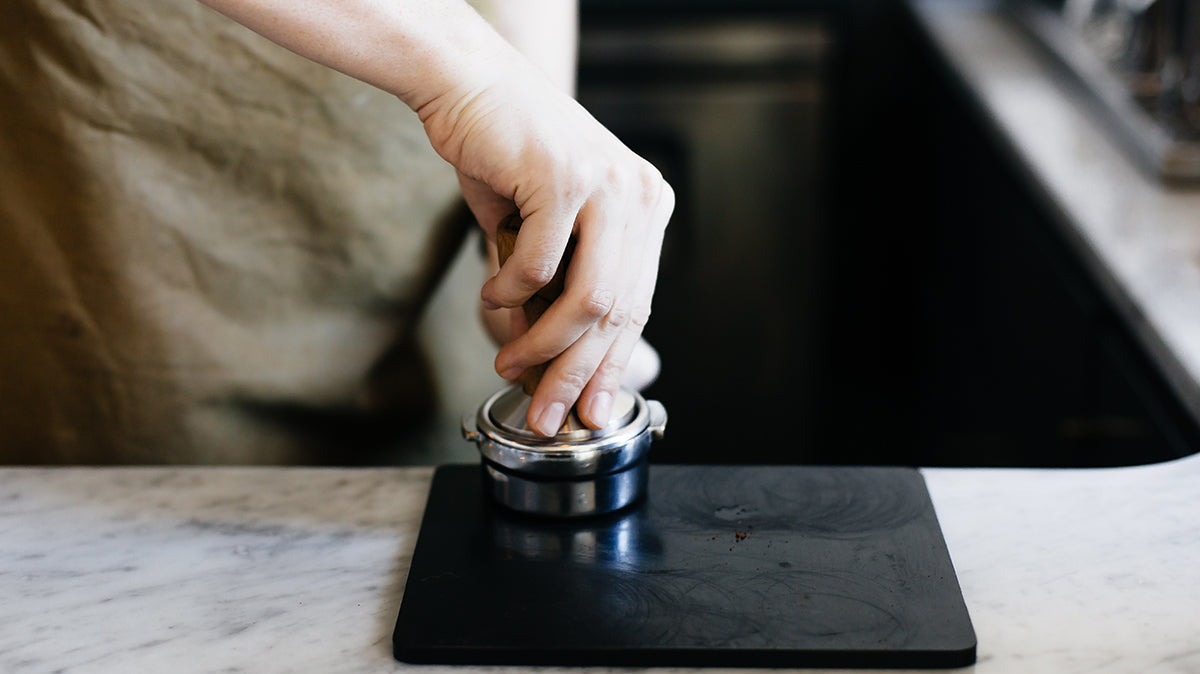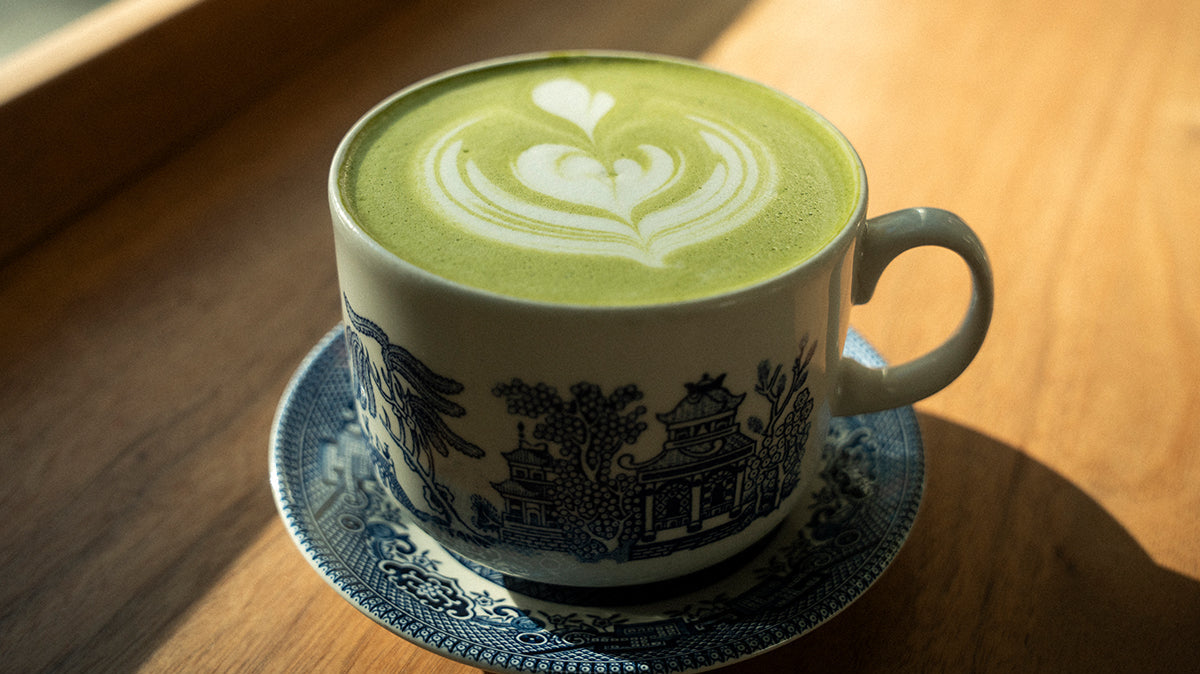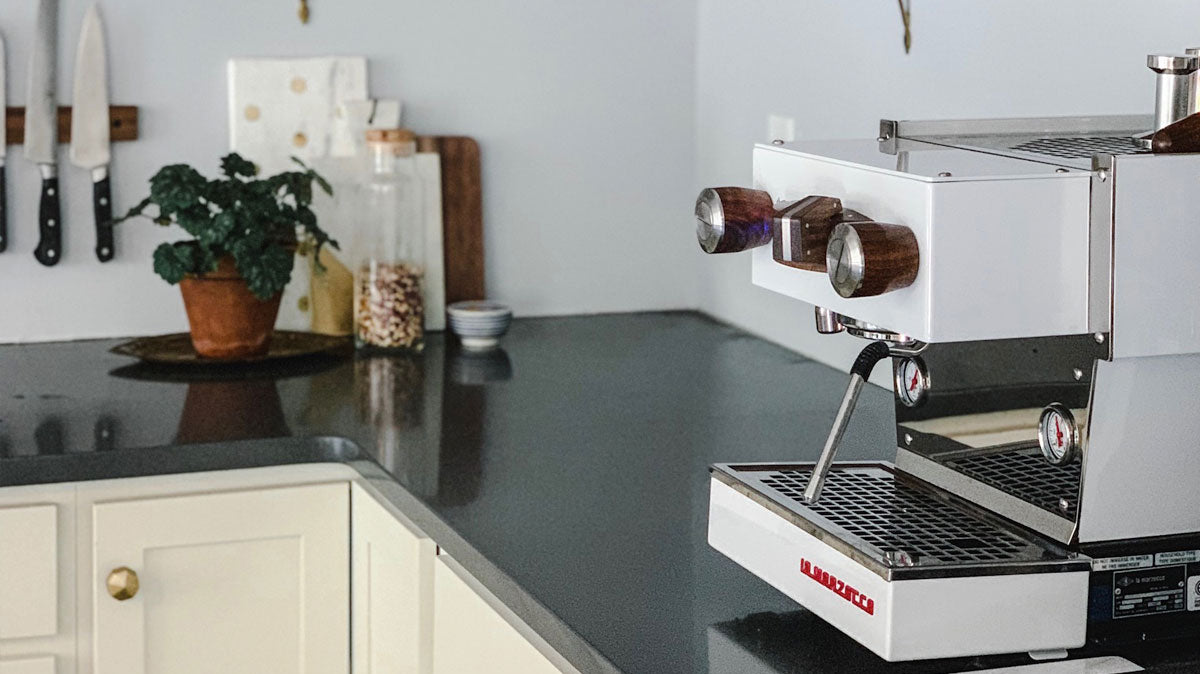And yet, amidst the milk alternatives and espresso blends, one category remains sparse. It’s decaf, of course. The red-headed stepchild of the specialty coffee industry who is elbowing her way to a seat at the table. She’s making headway, too - slowly, surely. Memes and hashtags spurning decaf and proclaiming a sweaty desperation for caffeine are stale now, in the golden, accepting light of wellness culture. But the selection for the caffeine-averse remains thin, and an understanding of what makes one decaf coffee bad and another one good is murky at best.
A Perspective Shift
The reasons for opting-in on decaf are many, ranging from the obvious (pregnancy, hello) to the more nuanced (heart conditions, anxiety, to name a few). We polled some decaf diehards to learn more, and one person reported that they “felt sick all the time”, and when they switched to decaf, the sick feeling left, too. Sometimes it’s as simple as wanting to feel better. Among those polled, 80% said they feel their coffee drinking experience is compromised by being limited to decaf, and the same 80% expressed a wish for more decaf coffee offerings. The message is clear - this whole decaf situation is ready for some change.
So, how can a decaf drinker make the most of this situation while the coffee industry catches up to them? How can they make the best choice in a small lineup of options? It can feel like a gamble to order a cup of decaf - will it taste fresh and flavorful or will that old familiar papery, chemical taste be left wilting on your tongue? It depends on a few things, honestly. Coffee sourcing is an often mystifying but very important piece to the puzzle, and is typically where the original ethical, socially and economically impactful choices are made. In addition to sourcing, the two pillars that can lift or lower a decaf experience are the roast, of course, and the process of decaffeination itself.

Building a Better Decaf
There are many methods of coffee decaffeination. The earliest were patented and commercialized in the early 1900’s, and involved the use of a carcinogen called benzene. We can all be thankful that decaf is no longer made this way; but the process itself was effective, and other, non-cancer causing solvents were tried. While it’s hard to say how exactly decaf got its bilgewater reputation, I would wager that it has a lot to do with the use of heavy solvents to strip green coffee of not only caffeine, but of the other solubles–such as proteins and sugar–which help coffee taste like, well, coffee. Two of these solvents are kinder, though, and are organic chemical compounds widely used in the decaffeination process–dichloromethane and ethyl acetate.
Without going full-on textbook here, let’s look at how coffee is decaffeinated real quick:
- Start with green (unroasted) coffee beans
- Try to isolate the caffeine and leave all other naturally occurring chemicals behind
- Use water, as caffeine is water-soluble
In the ethyl acetate process (E.A.), the coffee is steamed to open it’s “pores”, allowing the escape of caffeine. Then, it hangs out in a solution of water and E.A.–which is itself made naturally, by way of fermenting sugarcane. After a few soaks in the solution, most of the caffeine is gone, and the coffee is steamed a second time to remove all traces of E.A. Finally, the coffee is dried, prepared for export, and sent to roasters, like Methodical. It is processes like E.A., dichloromethane, and non-solvent based methods like water-processing that are innovating and helping decaf have a better chance at a great tasting existence.

Passing The Torch
The roasters take it from there, taking the now-decaffeinated green coffee and roasting it according to their practices. Here, too, the coffee has an opportunity to flourish or fade. If the coffee is baked or burnt, it can leave a literal bad taste in your mouth. If it’s roasted with consideration to the origin, the age, and the potential of the coffee, you’re more likely to get a pretty surprising cup of decaf coffee.
The decaf we serve at Methodical falls snugly in this category. It's been through the whole long journey - selected at origin in Cuaca, Colombia for it's quality, processed with E.A. to decaffeinate, dried and shipped and stored in our roastery until we roast it in small batches to bring out sweet fruit and graham cracker notes. It's one of many decaf success stories, and we are proud to serve it while we learn more about decaf and how to expand our offerings.
That’s a lot of crossroads, we know. A lot of opportunities for decaf to fall flat or to shine. While there’s much to learn about decaf, strides are being made for the underdog of the coffee world. With more attention to sourcing, natural processes, and thoughtful roasting, the coffee professionals of the world will welcome more and more decaf options. With just a little more attention to where we get our decaf, those of us who drink it will be given the same elevated coffee experience as our caffeine-consuming friends.
Written by Angie Thompson
Colombia, Cuaca - Decaf
A coffee with classic flavors, but with a deep and surprising complexity.
Check it out →